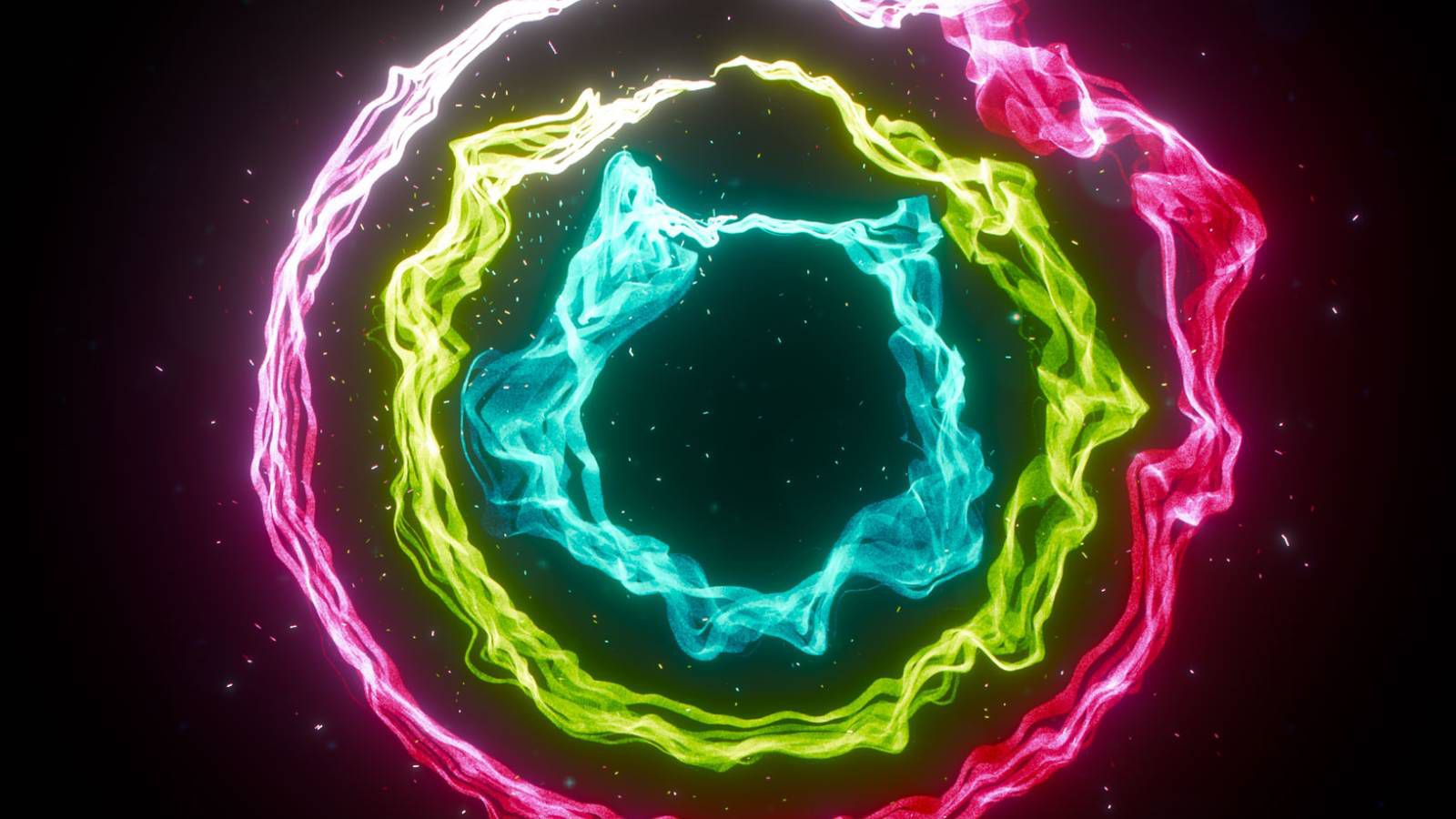Scientists Say Dark Matter May Be Giving Off a Signal
Dark matter, the invisible stuff that scientists have determined makes up 85 percent of the mass in the universe, remains one of the biggest mysteries. For one, it can't be directly observed. The only way we know about its existence are its gravitational effects on stars and galaxies. As detailed in a paper published in the journal Nature, an international team of researchers proposes a new type of detector they liken to a "cosmic car radio," that could one day shed new light on the matter. Such a device would "tune in" to the frequency of axions, hypothetical particles that […]


Dark matter, the invisible stuff that scientists believe makes up around 85 percent of the mass in the universe, remains one of science's biggest mysteries.
As far as anyone has been able to establish, it can't be directly observed. The only way we know about its existence is inferred from the gravitational effects it exerts on stars and galaxies.
But as detailed in a new paper published in the journal Nature, an international team of researchers says that it may be giving off a signal. So they want to build a new type of detector they liken to a "cosmic car radio," that could listen to what the dark matter is saying and perhaps crack its mysteries.
Such a device would "tune in" to the frequency of axions, hypothetical particles that have emerged as one of the leading candidates for what dark matter is.
"We can now build a dark matter detector that is essentially a cosmic car radio, tuning into the frequencies of the wider galaxy until we find the axion," said King’s College London researcher and coauthor David Marsh in a statement.
Axions are thought to be extremely light and only weakly interact with normal matter, which makes detecting them extremely difficult.
The proposed detector would use a special material to generate "axion quasiparticles," (AQ) that according to the team could allow scientists to detect axions within the next 15 years.
If all goes according to plan, the AQ would emit small amounts of light after matching the extremely high frequency — at the top of the terahertz range — of the axion.
"This experiment would work at a high frequency that other methods would find difficult, and if we are lucky and nature has put the axion at our frequency, then we will find it," Marsh told Space.com. "It's a big range, but a finite one, and one where we have ideas for technology to look for axions in every different band."
To create a small amount of the particles as an early proof of concept, the team used manganese bismuth telluride, a substance that has unique electronic and magnetic properties.
"Because MnBi₂Te₄ is so sensitive to air, we needed to exfoliate it down to a few atomic layers to tune its properties accurately," said Harvard University researcher and lead author Jian-Xiang Qiu, who spent six years developing the material, in a statement. "This means we get to see this kind of interesting physics, and see how it interacts with other quantum entities like the axion."
However, with a much larger piece of the material, the team says it could build a functioning detector in five years. Honing in on the right place to look for axions, though, could take another decade.
"We already have the technology, now it’s just a matter of scale and time," Marsh said.
More on dark matter: An Important Force of the Universe Appears to Be Changing, Scientists Find
The post Scientists Say Dark Matter May Be Giving Off a Signal appeared first on Futurism.










































































































































































![[The AI Show Episode 144]: ChatGPT’s New Memory, Shopify CEO’s Leaked “AI First” Memo, Google Cloud Next Releases, o3 and o4-mini Coming Soon & Llama 4’s Rocky Launch](https://www.marketingaiinstitute.com/hubfs/ep%20144%20cover.png)

































































































































![[DEALS] Sterling Stock Picker: Lifetime Subscription (85% off) & Other Deals Up To 98% Off – Offers End Soon!](https://www.javacodegeeks.com/wp-content/uploads/2012/12/jcg-logo.jpg)















































































































































_NicoElNino_Alamy.png?width=1280&auto=webp&quality=80&disable=upscale#)

_Olekcii_Mach_Alamy.jpg?width=1280&auto=webp&quality=80&disable=upscale#)





























































































![Apple appealing $570M EU fine, White House says it won’t be tolerated [U]](https://i0.wp.com/9to5mac.com/wp-content/uploads/sites/6/2025/04/Apple-says-570M-EU-fine-is-unfair-White-House-says-it-wont-be-tolerated.jpg?resize=1200%2C628&quality=82&strip=all&ssl=1)
















![At Least Three iPhone 17 Models to Feature 12GB RAM [Kuo]](https://www.iclarified.com/images/news/97122/97122/97122-640.jpg)

![Dummy Models Showcase 'Unbelievably' Thin iPhone 17 Air Design [Images]](https://www.iclarified.com/images/news/97114/97114/97114-640.jpg)



































































































































